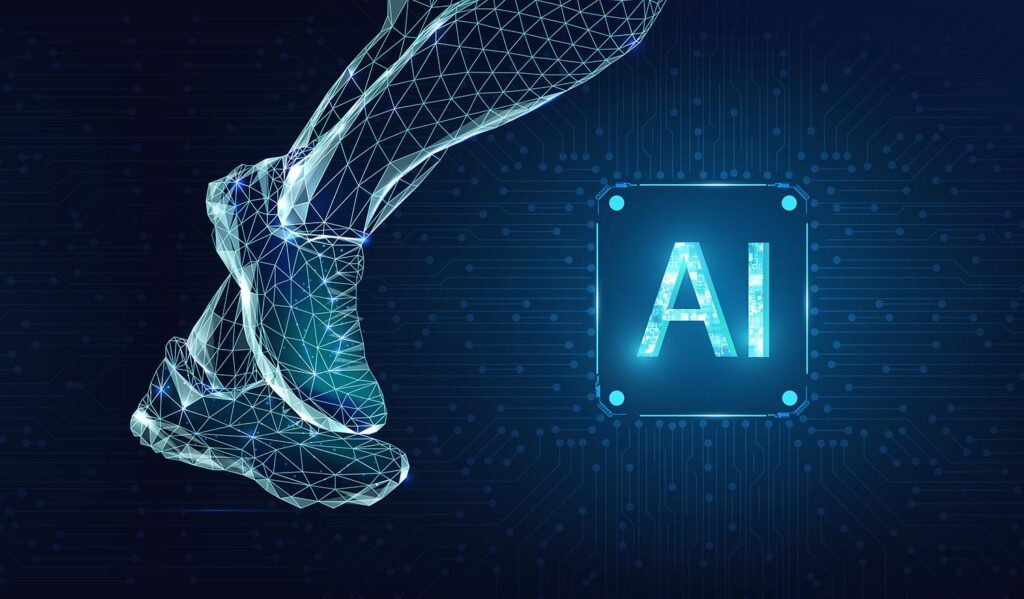
Artificial Intelligence (AI) has revolutionized the way we live, work, and interact with technology. From self-driving cars to personalized recommendations, the applications of AI are vast. But where does it all begin? Understanding the first step in the process of AI provides valuable insights into how these advanced systems are developed. In this article, we will delve into the foundational stage of AI development, breaking it down into comprehensive subcategories for a clearer understanding.
Table of Contents
Understanding the Concept of Artificial Intelligence
Before diving into the initial steps, it is crucial to define Artificial Intelligence. AI refers to the simulation of human intelligence in machines programmed to think, learn, and make decisions like humans. The core processes involve data processing, algorithm development, and creating models capable of performing specific tasks autonomously.
Step 1: Problem Definition
The journey of AI begins with identifying the problem that needs to be solved. This step lays the foundation for the entire AI development process. The problem definition involves:
- Determining Objectives: Clearly outlining what the AI system aims to achieve.
- Identifying Stakeholders: Understanding who will benefit from the solution and their expectations.
- Defining Scope: Establishing boundaries to prevent scope creep and ensure focused development.
For example, in developing a chatbot, the problem could be defined as creating an AI system capable of handling customer inquiries efficiently.
Step 2: Data Collection
Data serves as the lifeblood of AI systems. Once the problem is defined, the next logical step is to gather relevant data. This phase includes:
- Identifying Data Sources: Determining where and how to collect the necessary data.
- Ensuring Data Quality: Verifying the accuracy, completeness, and reliability of the collected data.
- Structuring Data: Organizing data into formats that are easy to analyze, such as structured databases or spreadsheets.
For instance, building an AI for image recognition requires collecting extensive labeled datasets with clear annotations.
Step 3: Data Preprocessing
Raw data is rarely usable in its initial form. Data preprocessing ensures that the collected data is clean and ready for analysis. Key steps include:
- Data Cleaning: Removing errors, duplicates, and inconsistencies.
- Normalization and Transformation: Scaling data to a uniform format for better processing.
- Handling Missing Values: Filling gaps using statistical methods or excluding incomplete entries.
Proper data preprocessing enhances the accuracy of AI models and prevents biases during training.
Step 4: Selecting the Right Algorithms
The success of an AI project heavily depends on selecting suitable algorithms. This involves:
- Understanding Problem Type: Identifying whether the problem involves classification, regression, clustering, or another AI task.
- Choosing Algorithms: Selecting machine learning models such as decision trees, neural networks, or support vector machines, based on the problem’s nature and data characteristics.
For instance, a recommendation engine might utilize collaborative filtering or content-based filtering algorithms.
Step 5: Model Training
Training is where the AI system begins to learn. This step involves:
- Splitting Data: Dividing the dataset into training, validation, and testing sets.
- Feeding Data into Models: Inputting the training data to teach the model how to recognize patterns.
- Iterative Optimization: Adjusting parameters and weights to improve model accuracy over time.
Training ensures that the model performs effectively on unseen data.
Step 6: Model Evaluation
After training, the model’s performance must be evaluated. Evaluation involves:
- Measuring Accuracy: Assessing how well the model predicts outcomes.
- Testing with Validation Data: Ensuring the model performs consistently across different data sets.
- Identifying Weaknesses: Highlighting areas where the model fails and needs improvement.
Common metrics include precision, recall, F1 score, and mean squared error.
Step 7: Deployment
Once the model is trained and evaluated, it is deployed for real-world use. Deployment includes:
- Integration with Existing Systems: Embedding the AI model into software or hardware solutions.
- Monitoring Performance: Continuously tracking how the model performs in real-time scenarios.
- Updating Models: Refining the model with new data to improve accuracy and adapt to changing conditions.
Conclusion
The first step in the process of AI is a well-defined problem definition, which sets the stage for all subsequent activities. From there, each phase, including data collection, preprocessing, algorithm selection, and model training, plays a crucial role in creating robust AI systems. By understanding these steps, organizations can harness the full potential of AI to solve complex problems and innovate.
